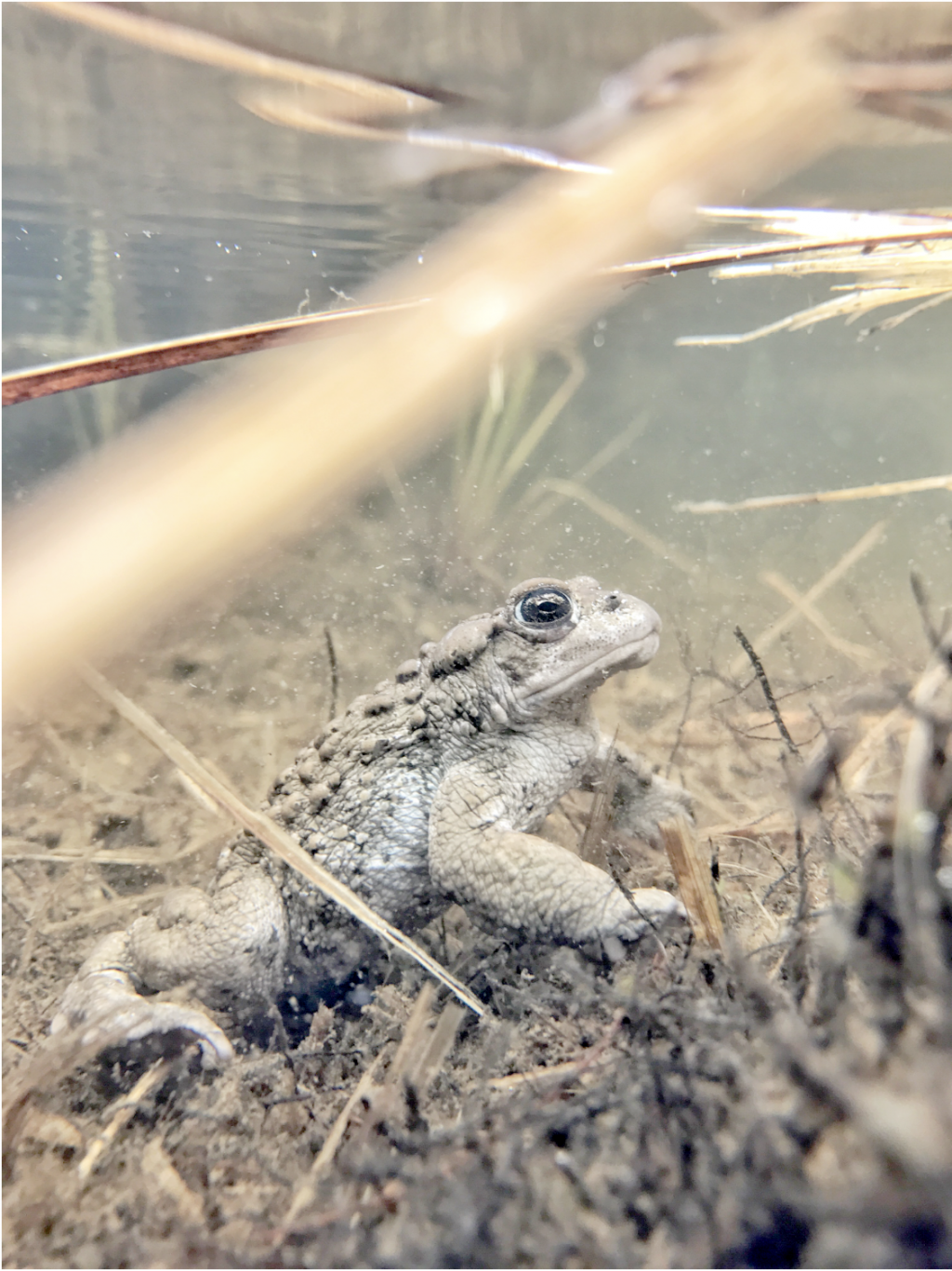Denver Zoo, CPW join forces to save boreal toads

DENVER — On Wednesday, Nov. 10, a team of conservation and amphibian experts from Denver Zoo traveled to the Native Aquatic Species Restoration Facility (NASRF) in Alamosa, Colo. to pick up precious cargo: 95 boreal toads that will serve as an additional breeding population for their species. The toads were brought back to a specially-designed facility at the Zoo where they were put into brumation—a natural state of inactivity during winter months—before attempting to breed them in the spring. Officials from the Zoo and Colorado Parks and Wildlife (CPW) hope to raise and release as many as 20,000 tadpoles into the Colorado wilderness next summer, and provide a significant boost to the dwindling species that is listed as endangered in Colorado and New Mexico.
“Boreal toads are in a lot of trouble, but their numbers are still relatively strong even though their population is in decline,” said Stefan Ekernas, Rocky Mountain/Great Plains Program Director at Denver Zoo. “Colorado Parks and Wildlife has done a tremendous amount of work on the conservation of boreal toads for almost 30 years, and we’re excited to join in the effort to help the species make a meaningful recovery while there’s still time.”
Once common in montane habitats between 7,000-12,000 feet in the Southern Rocky Mountains, the boreal toad has experienced dramatic population declines over the past two decades. The decline appears to be related to habitat loss and primarily infection by the chytrid fungus, which can infect the majority of the world’s 7,000 amphibian species, and is linked to major population declines and extinctions globally.
“We have had success in the past producing boreal toad eggs and tadpoles at NASRF, but it is challenging, and with the increasing need for more animals, we need to step up breeding and reintroduction efforts,” said Harry Crockett, Native Species Aquatic Species Coordinator for CPW. “This is a great opportunity for boreal toad conservation and collaboration with a strong conservation partner in Denver Zoo. We will really benefit from their expertise, experience in the conservation and breeding of boreal toads and other endangered amphibian species.”
Denver Zoo has been active is amphibian conservation for more than 15 years. In 2018, the Zoo became the first zoo in the Northern Hemisphere to successfully breed critically endangered Lake Titicaca frogs, and has since provided more than 250 healthy frogs to zoos and aquariums in the U.S. and Europe. In 2019, the Zoo used a hormone treatment to breed and produce more than 600 boreal toads, which were released in a remote area in southwestern Utah. And this year, the Zoo successful bred critically endangered Panamanian golden frogs as part of the Association of Zoos and Aquarium’s Species Survival Plan.
The NASRF, which is operated by CPW, is dedicated to protecting and restoring threatened and endangered aquatics species native to Colorado. The state-of-the-art facility currently raises 12 species of threatened and endangered fish, including federally endangered bonytail chub and other state species of concern, as well as the boreal toad. Since its inception in 2000, the NASRF has protected 16 different fish species and has stocked more than 2.1 million fish in rivers, streams and lakes across the state. It’s one of only a few hatcheries of its kind in North America.
Officials from the Zoo and CPW estimate that it will take many years to bring the species back to a level where it is secure in the Southern Rocky Mountains, and expect the collaboration to be a multi-year program. Additionally, as part of the wild release program, the Zoo will launch a community science project where volunteers monitor survival of released toadlets and evaluate potential release sites around the state.



